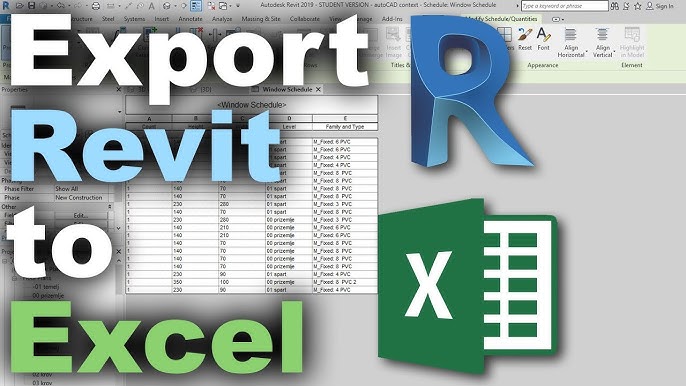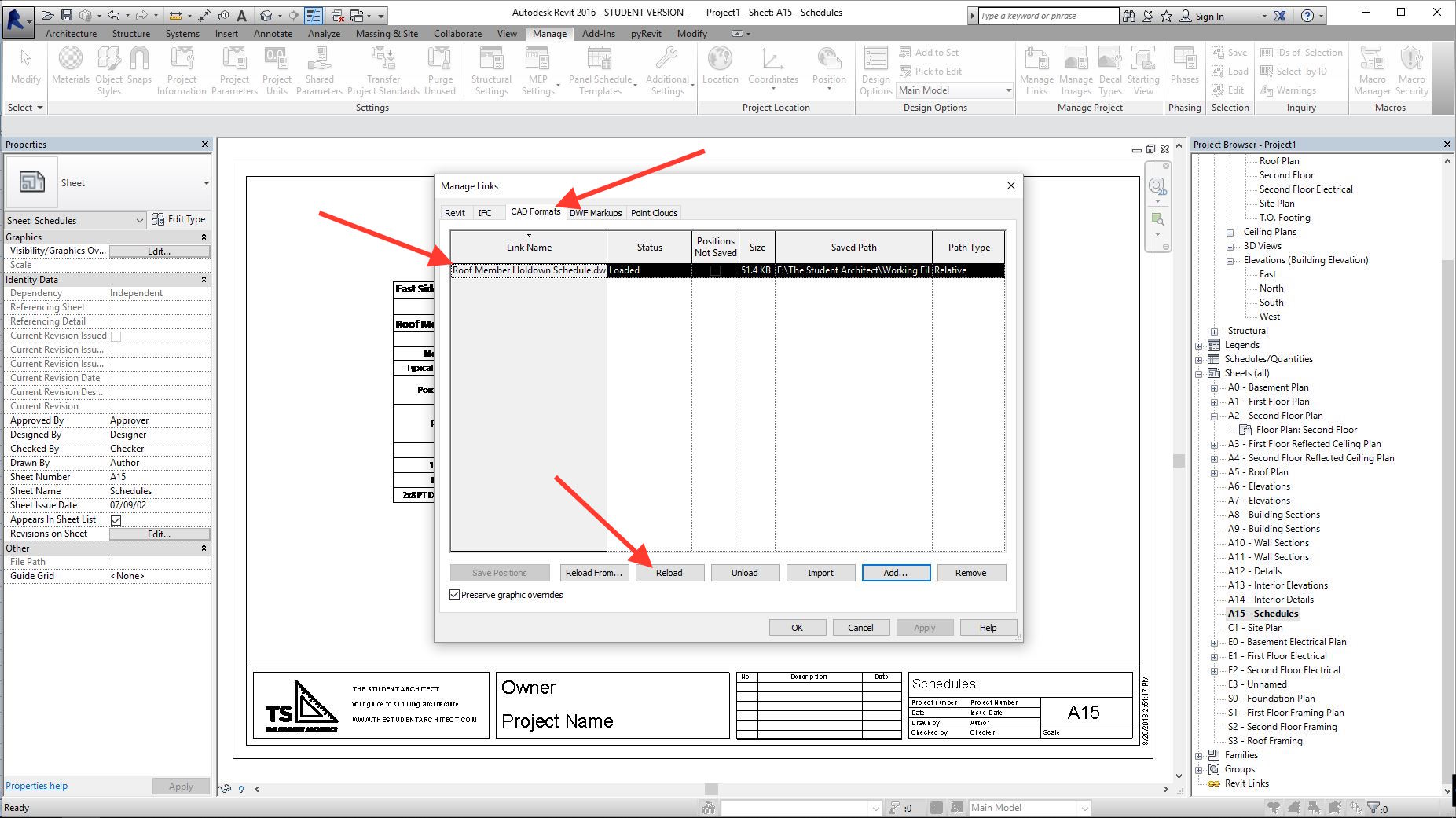Elevate Your Design Video Game with Crucial Revit Add Ins
Wiki Article
Revit Accelerator: Excel Assimilation Approaches for Improving Efficiency and Collaboration
Are you looking to enhance your productivity and partnership while utilizing Revit? Look no more! In this article, we will certainly discover the advantages of integrating Excel right into your Revit workflows. Discover how you can enhance your procedures, make best use of cooperation, and also learn advanced methods for boosting productivity. Plus, we will share best methods for flawlessly integrating Excel into your Revit projects. Prepare to supercharge your Revit experience with our Revit Accelerator: Excel Assimilation Methods!Advantages of Excel Combination in Revit
The benefits of Excel assimilation in Revit are many and can greatly enhance efficiency and collaboration. By perfectly connecting these 2 powerful devices, you can streamline your operations and save valuable time. With Excel combination, you can conveniently import and export information in between Revit and Excel, enabling you to utilize the staminas of both programs.
One more advantage of Excel combination is the capacity to create vibrant timetables and records. By connecting your Revit version to an Excel spreadsheet, any kind of adjustments made in Revit will automatically upgrade in the matching Excel data. This makes it easy to generate up-to-date schedules, amount launches, and other job documents.
Excel combination in Revit likewise makes it possible for much better cooperation amongst staff member. With the capacity to import and export data, you can easily share details with colleagues who may not have accessibility to Revit. This advertises efficient interaction and allows for much better control and decision-making.
Streamlining Process With Revit and Excel
Simplifying process with Revit and Excel can greatly enhance performance and cooperation. By incorporating the capabilities of Revit and Excel, you can flawlessly move data in between the two applications, removing the demand for hands-on data entry and reducing the danger of errors.
Using Revit and Excel with each other allows you to take advantage of the strengths of each program - import excel into revit. You can export data from Revit into Excel, where you can do complex estimations, create charts and charts, and analyze the info in a more reliable and organized manner. On the various other hand, you can import data from Excel right into Revit, allowing you to swiftly upgrade your models and paperwork based upon adjustments made in Excel
The combination of Revit and Excel likewise promotes partnership among group members. By sharing Excel documents, you can conveniently collaborate and interact on style and construction-related data. This improves control and makes certain that everybody is functioning with one of the most up-to-date info.
Taking Full Advantage Of Collaboration With Excel and Revit
To take full advantage of cooperation with Excel and Revit, you can flawlessly update and share design and construction-related data with your team. With just a couple of clicks, you can import Excel spreadsheets into look here your Revit version, permitting you to easily access and manipulate the information.Among the essential advantages of making use of Excel in conjunction with Revit is the capacity to upgrade information in both programs all at once. Any type of adjustments made in Excel will immediately be reflected in Revit, and the other way around. This ensures that every person is dealing with one of the most current information, avoiding confusion and conserving beneficial time.
In addition, Excel supplies effective devices for assessing and arranging information, which can considerably improve your cooperation efforts. You can produce personalized records and graphes in Excel, assisting you to imagine and interact essential task info properly. When presenting information to stakeholders or making informed choices based on project metrics (revit tool)., this can be especially helpful.
Advanced Techniques for Enhancing Performance in Revit Utilizing Excel
By utilizing sophisticated methods in Revit, you can considerably raise your performance by leveraging the power of Excel. With Revit's Excel have a peek at this site assimilation feature, you can link Excel spreadsheets straight to your Revit version, allowing you to quickly handle and upgrade data.
In addition, you can utilize Excel macros to automate repeated tasks in Revit (revit plugins). Macros enable you to record a series of activities and play them back with a solitary click, conserving you time and initiative. For example, you can produce a macro to instantly produce area schedules or update criterion worths in bulk.
Best Practices for Excel Assimilation in Revit
Utilizing Excel as an information management tool in Revit permits effective administration and upgrading of information. By incorporating Excel into your Revit operations, you can enhance your processes and improve productivity. Among the finest practices for Excel combination in Revit is to create a clear blog here and arranged information structure. This indicates making your Excel spread sheets with columns and rows that straighten with the criteria and categories in your Revit job. By doing so, you can conveniently import and export data in between Revit and Excel with no complication. One more ideal technique is to use formulas and features in Excel to automate estimations and information adjustment. This can conserve you time and make certain accuracy in your information administration. Furthermore, it is essential to on a regular basis upgrade your Excel spreadsheets and sync them with your Revit task. By doing this, any type of adjustments made in Revit will certainly be reflected in your Excel files, and the other way around. By following these best practices, you can effectively utilize Excel as an information monitoring tool in Revit and boost your productivity and partnership.Verdict
To conclude, integrating Excel with Revit can significantly enhance performance and collaboration in the layout procedure. By making best use of and streamlining process cooperation, groups can work much more successfully and efficiently. Advanced methods, such as utilizing Excel formulas and macros, can additionally boost performance in Revit. It is important to comply with best practices to ensure smooth integration and prevent any possible concerns. By leveraging the power of Excel, Revit customers can accomplish greater levels of performance and collaboration in their projects.With Excel combination, you can easily import and export data in between Revit and Excel, permitting you to leverage the staminas of both programs.
One of the crucial advantages of Excel combination is the capability to use Excel formulas and functions within Revit. By connecting your Revit version to an Excel spreadsheet, any type of modifications made in Revit will automatically upgrade in the matching Excel documents. On the other hand, you can import data from Excel right into Revit, enabling you to swiftly upgrade your versions and documents based on adjustments made in Excel.
With Revit's Excel integration attribute, you can link Excel spread sheets directly to your Revit model, permitting you to conveniently take care of and upgrade information.
Report this wiki page